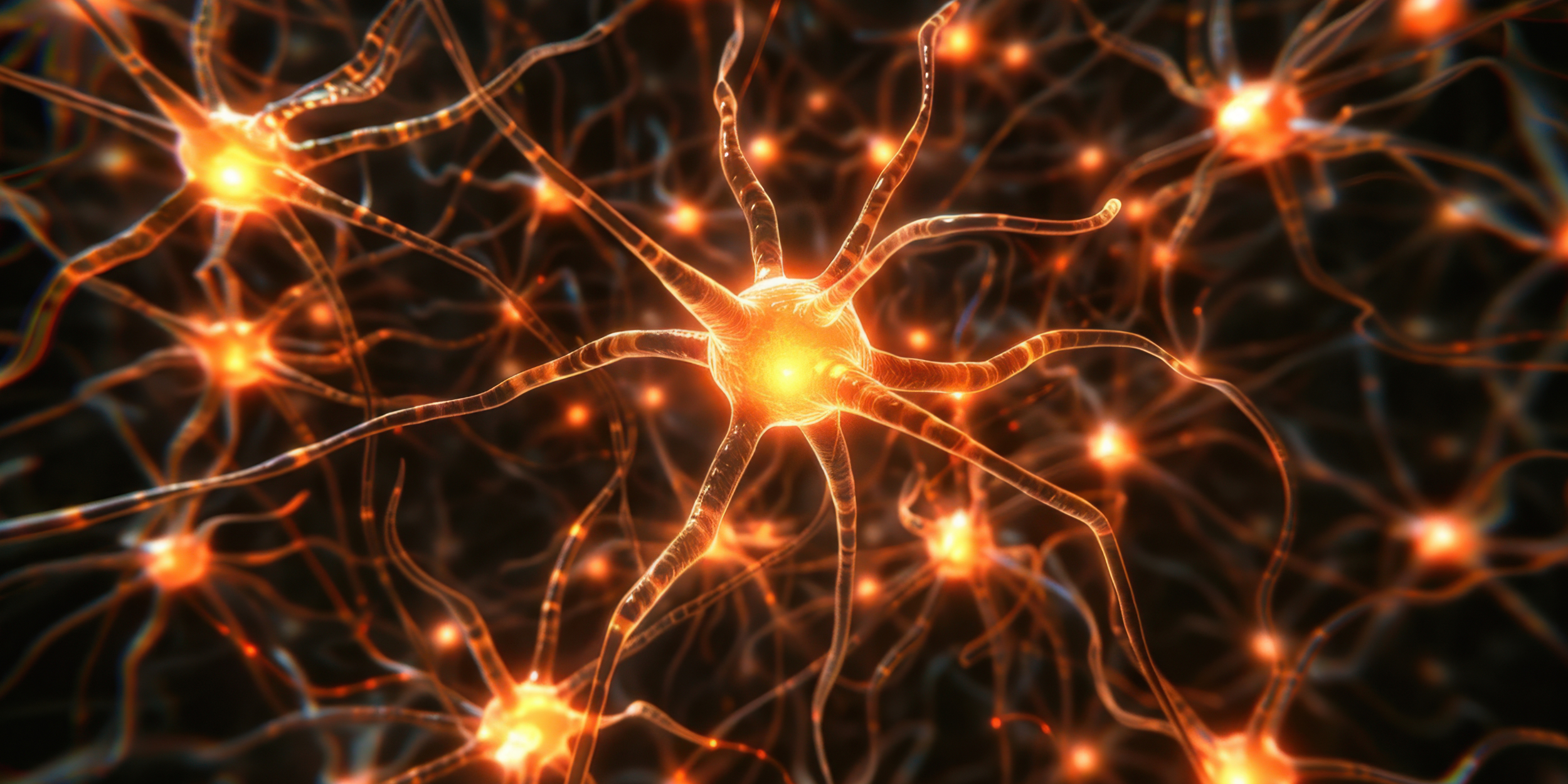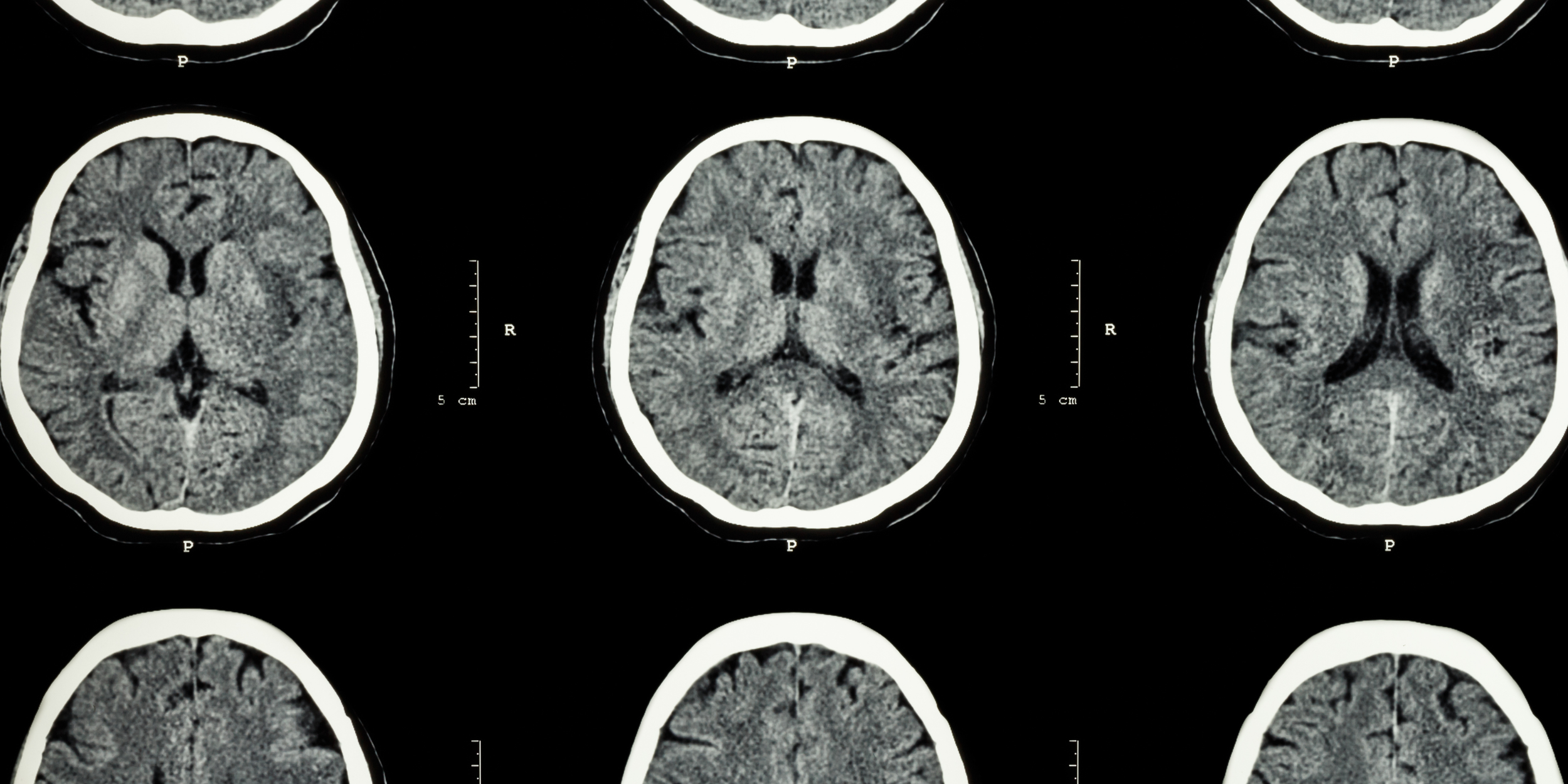Emotional Regulation and the Brain: The Neuroscience of Responding Instead of Reacting
We’ve all had those moments — the ones where something small happens, and before you can even think, your emotions hijack the wheel.
A partner makes a comment that hits a nerve.
A coworker’s tone feels condescending.
A craving or flashback floods your body with tension.
You react before you even realize it — snapping, shutting down, or reaching for something to numb the discomfort.
If this sounds familiar, you’re not broken. You’re human.
And your brain is doing exactly what it was designed to do.
The good news? With awareness and practice, the same brain that reacts impulsively can be trained to respond intentionally.
Understanding the Emotional Brain
When we’re triggered, our amygdala — the brain’s built-in alarm system — takes charge. It releases stress hormones like cortisol and adrenaline, preparing the body to fight, flee, or freeze (LeDoux, 2000).
This ancient survival mechanism was crucial for early humans. But in modern life, “threats” are often emotional, not physical. A disapproving look, a painful memory, or an argument can all trigger the same biochemical response as a lion in the grass.
Meanwhile, the prefrontal cortex, which governs decision-making and self-control, temporarily goes offline. Under stress, communication between the prefrontal cortex and amygdala weakens, making us more reactive and less reflective (Arnsten, 2009).
That’s why, in the heat of the moment, logic and reason can feel miles away.
The Neuroplasticity of Emotional Regulation
Here’s the empowering part: your brain can change.
Neuroscientists call this neuroplasticity — the ability of the brain to rewire itself based on experience and repeated practice.
Every time you pause instead of react, every time you take a breath instead of lashing out, you are literally strengthening the prefrontal cortex. It’s like lifting weights for emotional control.
A study in Frontiers in Psychology found that consistent emotional regulation practices improve mood stability, reduce anxiety, and enhance resilience (Gross, 2015). Similarly, mindfulness and self-awareness exercises have been shown to increase gray matter density in brain regions responsible for emotional balance (Hölzel et al., 2011).
So when people say “practice makes perfect,” neuroscience agrees — but not because perfection is the goal. Practice creates new neural pathways, making healthy responses easier over time.
Responding vs. Reacting
Emotional regulation doesn’t mean you stop feeling — it means you stop letting emotions run the show.
A reaction is automatic, driven by the amygdala’s need to protect.
A response is intentional, guided by the prefrontal cortex’s wisdom.
Psychologists sometimes call this the “space between stimulus and response” — that tiny pause where freedom lives.
Even a five-second pause can make a measurable difference. Research from Psychological Science found that labeling emotions (saying to yourself “I feel angry” or “I feel scared”) actually reduces amygdala activity and restores prefrontal regulation (Lieberman et al., 2007).
That’s why reflection and self-awareness are such powerful tools for recovery and emotional balance.
Reflection Exercise
Try this short exercise, used in both coaching and recovery settings:
Recall a moment when you reacted emotionally.
Identify what emotion was underneath — anger, fear, shame, sadness?
Notice what your body felt like in that moment.
Imagine responding differently — with your values guiding your reaction instead of your impulses.
This simple reflection begins to retrain your brain. It’s not about judgment; it’s about awareness.
For treatment professionals and coaches, integrating reflective questioning (a motivational interviewing technique) helps clients build self-regulation skills that outlast treatment itself.
7 Cozy Fall Mocktails (That Let You Celebrate Sober)
Emotional regulation isn’t just about what’s happening in your mind—it’s also about how you support your body. These cozy fall mocktails are crafted to help you unwind, restore balance, and celebrate the season without alcohol. Each recipe offers comfort and calm while keeping your brain and body in harmony.
How Physiology Shapes Emotion
Emotional regulation doesn’t just happen in the brain — it starts in the body.
When we’re undernourished, inflamed, or running on caffeine and sugar, our nervous system stays on high alert. Studies show that physiological instability can heighten emotional reactivity and reduce impulse control (Thayer & Lane, 2000, Biological Psychology).
That’s why stabilizing the body — through nutrition, sleep, and hydration — is a core foundation for stabilizing the mind.
In the 28-Day Clean Body Reboot, participants often notice emotional calm returning as their bodies reset. In the 21-Day Breaking Free Challenge, small daily practices help retrain the nervous system through mindfulness, reflection, and aligned action.
And in the Empowered Recovery Course, we go deeper into identity-based emotional regulation — teaching how to reprogram the brain for long-term peace and resilience.
For treatment centers, the Empowered Recovery Curriculum includes full lesson plans, facilitator notes, and neuroscience-based practices for teaching emotional regulation in group settings.
Anchoring Emotional Balance
One of my clients once said, “For the first time, I feel like I’m driving the car again, not just holding on for dear life.”
That’s what emotional regulation feels like — the return of self-leadership.
When we learn to pause, breathe, and respond from alignment, we don’t eliminate emotion — we integrate it. We stop reacting from fear and start responding from wisdom.
Every time you choose calm, you’re voting for your future self.
Every pause is a neural rep for peace.
🎧 Podcast: Emotional Regulation and the Brain
Discover the neuroscience behind responding instead of reacting. In this episode, we explore how your brain processes emotion, why certain triggers activate automatic responses, and how to retrain your nervous system to pause, reflect, and choose alignment over impulse. Learn practical tools to strengthen emotional balance and build a calmer, more grounded version of yourself.
Delegate More, Stress Less
Free up your time and focus on what truly matters. With Outsourced Doers, you’ll be matched with a skilled virtual assistant who understands your business, your voice, and your vision—so you can create, grow, and serve without the overwhelm.
📚 References
Arnsten, A. F. T. (2009). Stress signalling pathways that impair prefrontal cortex structure and function. Science, 324(5931), 1313–1316. https://doi.org/10.1126/science.1171736
Gross, J. J. (2015). Emotion regulation: Current status and future prospects. Frontiers in Psychology, 6, 425. https://doi.org/10.3389/fpsyg.2015.00425
Hölzel, B. K., et al. (2011). Mindfulness practice leads to increases in regional brain gray matter density. Psychiatry Research: Neuroimaging, 191(1), 36–43. https://doi.org/10.1016/j.pscychresns.2010.08.006
LeDoux, J. E. (2000). Emotion circuits in the brain. Annual Review of Neuroscience, 23(1), 155–184. https://doi.org/10.1146/annurev.neuro.23.1.155
Lieberman, M. D., et al. (2007). Putting feelings into words: Affect labeling disrupts amygdala activity in response to affective stimuli. Psychological Science, 18(5), 421–428. https://doi.org/10.1111/j.1467-9280.2007.01916.x
Thayer, J. F., & Lane, R. D. (2000). A model of neurovisceral integration in emotion regulation and dysregulation. Biological Psychology, 74(2), 242–266.https://doi.org/10.1016/S0301-0511(00)00105-6
👉 For Individuals:
Explore the 21-Day Breaking Free Challenge — only $27 for one year of self-paced access.
Reset your physiology with the 28-Day Clean Body Reboot.
Deepen your journey with the Empowered Recovery Course.
👉 For Practitioners and Treatment Centers:
Bring neuroscience-based recovery tools to your clients through the Empowered Recovery Curriculum.








